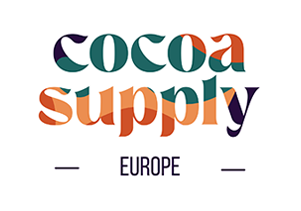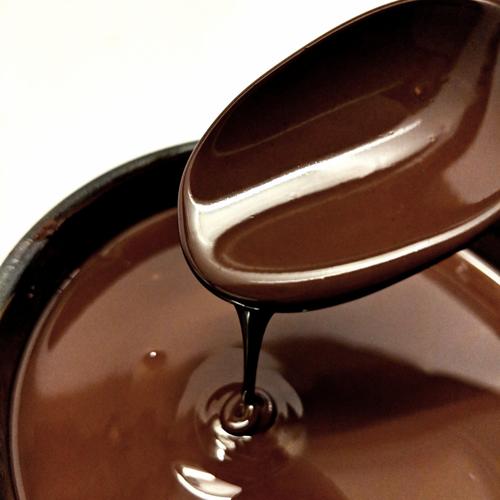
Kissing and chocolate
What’s Chocolate Got to Do With It?
A chocolate bar or dessert can include a lot of ingredients, but there are three basic ones that nearly all chocolate contains. These are cocoa beans, cocoa butter (also coming from the cocoa bean), and a sweetener (like sugar). And within these ingredients, there are some pretty interesting compounds, namely phenylethylamine, theobromine, anandamide, and caffeine.
Caffeine you know. It’s the stimulant that makes coffee and tea so good at waking you up. It only exists in relatively trace amounts in chocolate, but its presence can be thought to be partially responsible for that buzz that chocolate gives you.
Phenylethylamine is also a stimulant and while it may be lesser-known than caffeine, it packs no less of an impact. It’s in the same family as serotonin and dopamine, neurotransmitters associated with effects such as boosting mood, pleasure, reward, motivation, well-being, and happiness. And just like its brothers, phenylethylamine has been shown to have cheering and even anti-depressant effects. No wonder making and eating chocolate tends to make us so happy.
Theobromine is an alkaloid that naturally occurs in cocoa. It is a neurostimulant – just as caffeine - but without the acidity or the jitters. It’s thought to be one of the reasons why consuming chocolate can make us so alert and happy. It’s also been tied to a number of health benefits ranging from reducing inflammation and lowering blood pressure and risk of heart disease to improving cognitive function and protecting tooth enamel and strengthening your teeth.
Finally, there’s anandamide, which is a cannabinoid. That’s right, like the all-famous THC and CBD that are in marijuana. It won’t get you high, but it might explain why chocolate can sometimes feel like it’s legitimately addicting. After all, it does give you the same blissful feeling that is so easy to crave.
So whether you’re interested in chocolate making or just chocolate eating, now you can understand why it is that this simple food seems to have powers far beyond its humble ingredients. Yum!

